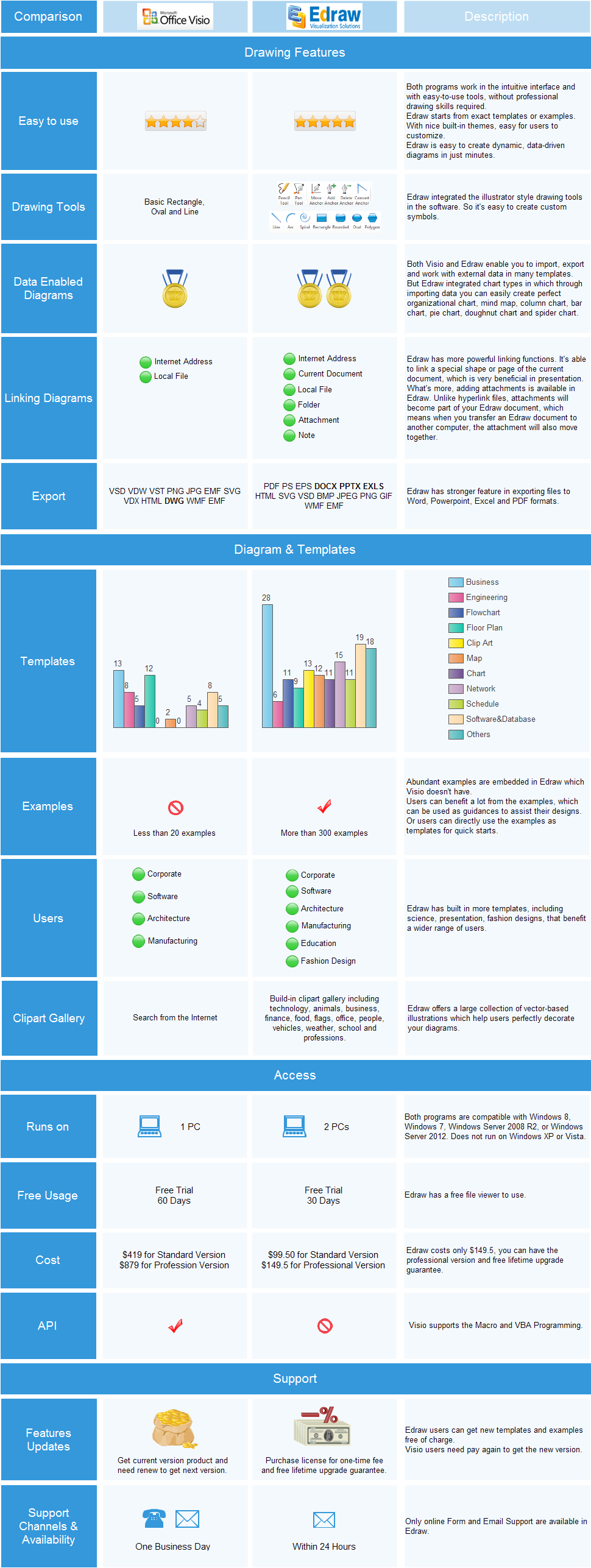

For more information, see Create an ITIL diagram.

ITIL Diagramĭocument best practices in the management of information technology service processes based on the Information Technology Infrastructure Library standard. For more information, see Create IDEF0 diagrams. IDEF0 DiagramĬreate hierarchical diagrams for model configuration management, need and benefit analyses, requirements definitions, and continuous improvement models by using IDEF0 process charting models. For more information, see Create a fault tree analysis diagram.
#Difference imindq and visio iso#
Use Fault Tree diagrams to document business processes, including Six Sigma and ISO 9000 processes. For more information, see Create an Event-driven Process Chain (EPC) diagram. Use an Event-driven Process Chain (EPC) diagram to create a high-level, visual model of your business process. For more information, see Create BPMN-compliant processes. You can create Business Process Modeling Notation (BPMN) flowcharts that follow the BPMN 2.0 standard. For more information, see Create an audit diagram. Use audit diagrams to document and analyze processes such as financial transactions or inventory management.

Some of the templates included in Visio to support specific process methodology diagrams include:īusiness Process Modeling Notation diagram
#Difference imindq and visio professional#
These diagrams are only supported in Visio Professional and Visio Plan 2. These rules or guidelines are usually described formally in specifications, most of which are available on the Web. They often use symbols that have specific meanings or require that certain kinds of data accompany certain shapes to fully implement the process. Methodology-based process diagrams have more structure than general purpose diagrams have, and they can convey more detailed information. Process diagrams for specific methodologies You can use it instead of the Basic Flowchart to show in a more representational way how a process moves through various stages. It has shapes for many common business departments, objects, and steps. The Work Flow Diagram is a general-purpose pictorial diagram. In fact, the Cross Functional Flowchart template uses the same stencil of shapes the Basic Flowchart template uses the main difference is that there are some swimlanes added to the page for you to start with. Cross Functional FlowchartĪ cross functional flowchart is the same as a basic flowchart, but with an added element of structure: containers called “swimlanes” that represent the people or departments that are responsible for each step. The Basic Flowchart template is useful for a broad range of business processes, where each step can be represented using simple geometric shapes. These diagrams are supported in Visio Standard, Visio Professional, and the subscription versions of Visio. If you want to diagram a process and you don’t have a specific methodology you want to follow, one of these three templates should work well. Visio has a lot of process diagram templates, but they all can be put into one of two categories:


 0 kommentar(er)
0 kommentar(er)
